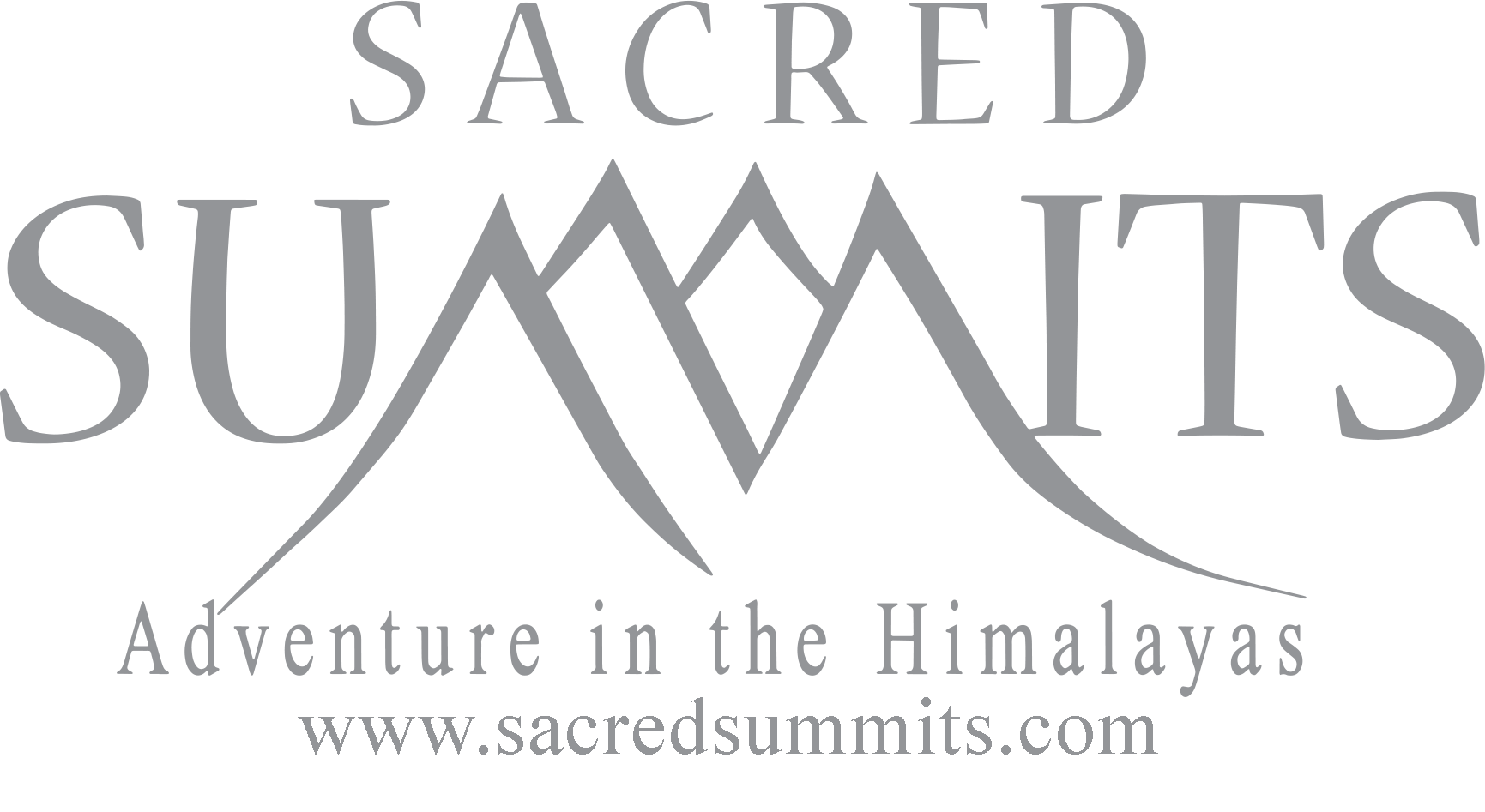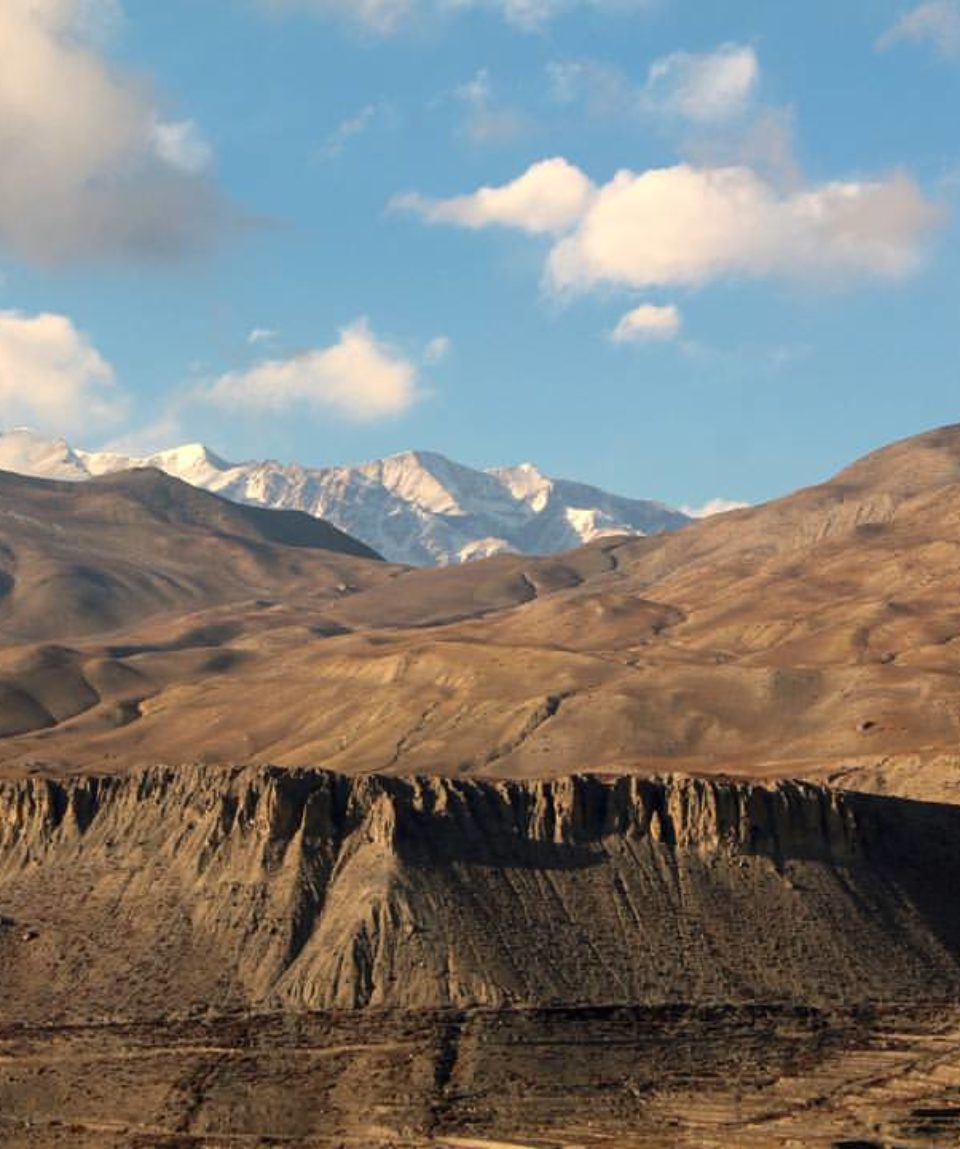Ride to Lower Mustang and Muktinath
- Exploring the terrain of a land is best done on a motorcycle and Nepal is a country with innumerable types of terrain. Nepal is also where the ice – cold, mighty Himalayas meet the lush green tropical region of the Terai plains. For the past few years Nepal has become a popular destination for motorcyclist around the world as it offers views of the magnificent Himalayas, colorful and vibrant cultures, ancient temples and monasteries, jungle safari in search of the elusive tiger and more…
This ride is one of the ultimate rides in the rain shadow part of the wind-swept desert landscape of the Himalayas with views of implausible gorges, high passes and enormous vistas passing through authentic Tibetan villages, barren ridges, eroded cliffs and Moraine valleys. Its landscape is unrivaled for it has a stupendous wilderness, pristine scenery, snow capped peaks, spectacular monasteries and caves.
-
Reviews 0 Reviews0/5
-
Vacation Style Holiday Type
-
Activity Level Strenuous
-
Min 5 Pax
- Region: North of Nepal’s Annapurna Conservation area.
Duration: 10 Nights / 11 Days
Best season: March, April, May—Sep, Oct, Nov.
Highest elevation: 3710 meters.
Rivers: Trishuli, Kali, Marshyangdi, Seti, Kali Ghandaki, Rapti, Narayani, Bhote Kosi, Sun Kosi, Indrawati etc
Mountains: Fish Tail, Annapurna Ranges, Nilgiri, Tukuche, Dhaulagiri, Langtang, Ganesh, Dorje Lakpa etc.
RIDING GEARS RECOMMENDED
- HELMET
- RIDING JACKET (Water proof recommended)
- RIDING PANTS (Water proof recommended)
- RIDING BOOTS (Water proof recommended)
- GLOVES (Water proof recommended)
- SUN GLASS
- KIDNEY BELT (Optional)
- TANK BAG (Optional)
- To the cost of all transfer to and from airport / hotel / airport in a private deluxe a/c vehicle accompanied by representative.
- Welcome dinner with transfer in a private deluxe a/c vehicle accompanied by representative.
- Cost for the hire of Royal Enfield classic 500cc motorcycle.
- Cost for the fuel for the bike.
- Services of an experienced Road Captain on a bike and back up support of a trained Mechanic, including the cost for their meals, accommodations and daily allowances.
- 01 Back up non a/c jeep rom Kathmandu / Chitwan / Pokhara accompanied by the mechanic and the spare parts of the bikes, and client’s luggage, inclusive of fuel and 01 driver; his daily allowance/ accommodation and all meals.
- 01 (4X4) non a/c Land cruiser as a backup vehicle for the sector Pokhara / Jomsom / Muktinath/Tatopani / Pokhara inclusive of fuel and 01 driver; his daily allowance/ accommodation and all meals.
- 02 Nights’ accommodation on twin sharing basis in Kathmandu on bed and breakfast basis. Inclusive of all the government taxes. (Currently 24.3 %)
- 01 Nights’ accommodation on twin sharing basis in Chitwan on MAP basis. Inclusive of all the government taxes. (Currently 24.3 %)
- 03 Nights’ accommodation on twin sharing basis in Pokhara on bed and breakfast basis. Inclusive of all the government taxes. (Currently 24.3 %)
- 01 Night stay at Kalopani Guesthouse or similar in Kalopani on MAP Basis and inclusive of all taxes. (Currently 24.3 %)
- 01 Night stay at Grand Shambala or similar in Muktinath on MAP Basis and inclusive of all taxes. (Currently 24.3 %)
- 01 Night stay at Annapurna Lodge or similar in Tatopani on MAP Basis and inclusive of all taxes. (Currently 24.3 %)
- All dinners while guests stay in Chitwan / Kalopani / Muktinath and Tatopani.
- Annapurna Conservation Area Project (ACAP) Fee of USD 20.00 per person. (Subject to change without prior notice)
- TIMS Card (Trekkers Information Management System Card of USD 10.00 per person. (Subject to change without prior notice)
- Comprehensive Medical Kit.
- All toll taxes for the bikes and the backup vehicle and also the government taxes.
- International Airfares.
- Nepal Visa fees (If applicable).
- Personal Insurance
- Personal Riding Gears
- Meals (Lunch & Dinner) while the guest stay at hotels in Kathmandu and Pokhara, except the welcome and farewell dinner in Kathmandu.
- Adventure Activities in Pokhara and other Jungle activates in Chitwan.
- Items of a personal nature such as bar bills telephone calls, laundry, extra mileage and any extra costs incurred due to natural calamities, flight delays etc.
- Personal medication
- Insurance for or against accidents, loss of life, theft etc.
- Personal insurance, evacuation and medical expenses.
- Costs incurred due to natural calamities, strikes, and break downs of bikes, accidents, cancellation of flights, altitude sickness or unforeseen circumstances (riots, natural calamities etc) and situations beyond the control of Moto Himalaya Tours & Travels (p) Ltd.
- Tips for the staff
- Any item not mentioned in the above ‘cost includes’.
- Day 1 Arrive Kathmandu (1370m) / Welcome Dinner
- Day 02 Ride Kathmandu to Chitwan (220m/200kms/5hrs)
- Day 3 Ride from Chitwan to Pokhara (827m/180kms/4hrs)
- Day 4 Ride Pokhara to Kalopani (2450m/130kms/5hrs)
- Day 5 Ride Kalopani to Muktinath via Jomsom (3710m/55kms/4hrs)
- Day 6 Ride Muktinath to Tatopani via Kagbeni (1200m/77kms/5hrs)
- Day 7 Ride Tatopani to Pokhara via Beni (827m/115kms/4hrs)
- Day 8 FREE day in Pokhara
- Day 9 Ride to Kathmandu (1370m/200kms/6hrs)
- Day 10 Final Departure
-
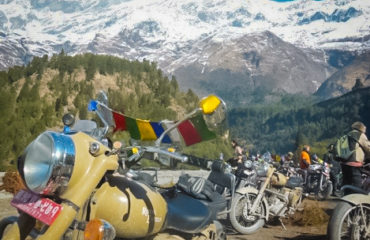 1
1
-
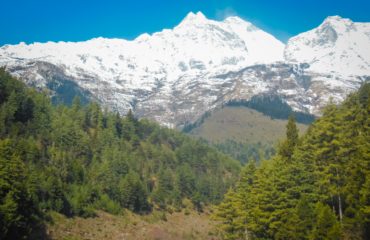 Tukuche mountain range 6920m
Tukuche mountain range 6920m
-
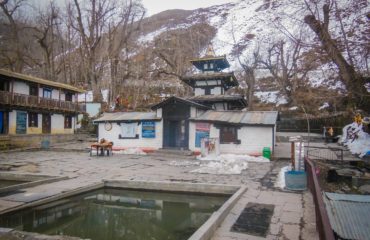 muktinath temple
muktinath temple
-
 tatopani
tatopani
-
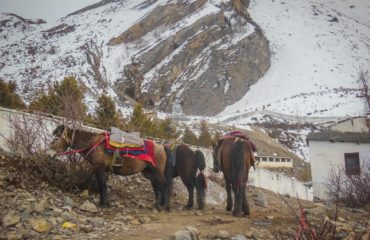 Muktinath mules
Muktinath mules
-
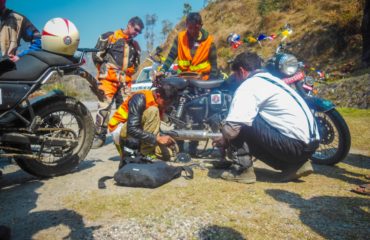 Mech at work
Mech at work
-
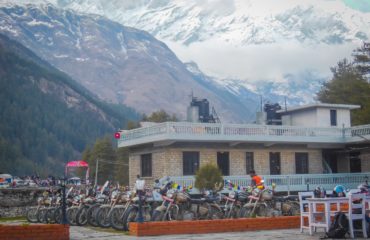 Kalopani with the Dhaulagiri himal 8172m
Kalopani with the Dhaulagiri himal 8172m
-
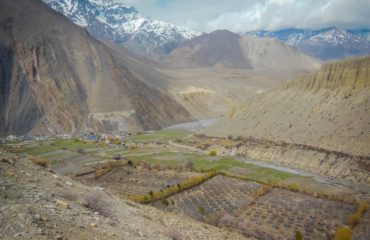 kagbeni village landscape
kagbeni village landscape
-
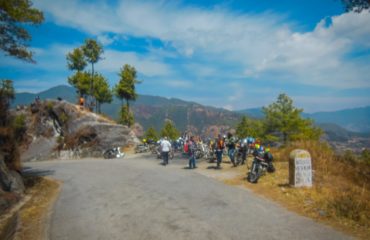 highway on the way to Daman
highway on the way to Daman
-
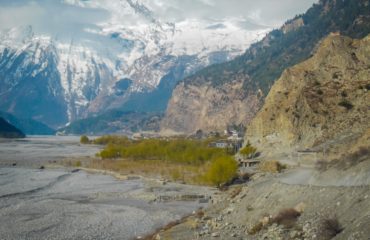 Marpha village and Thak Khola
Marpha village and Thak Khola
-
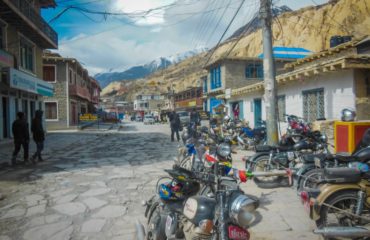 Jomsom
Jomsom
-
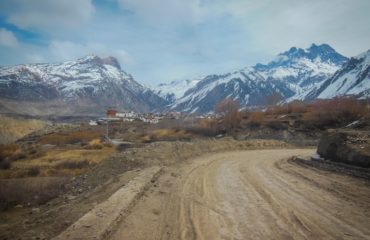 Jharkot village on the way to Muktinath
Jharkot village on the way to Muktinath
-
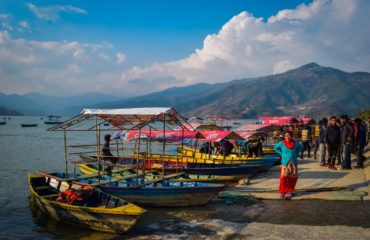 boats by the Phewa lake
boats by the Phewa lake
-
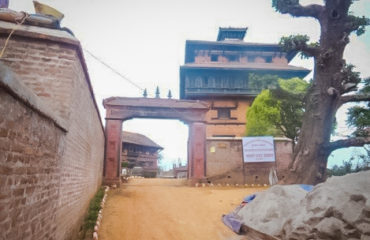 11
11
-
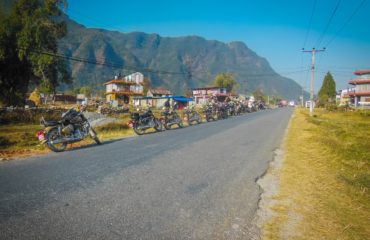 heading towards Mustang from Pokhara
heading towards Mustang from Pokhara
-
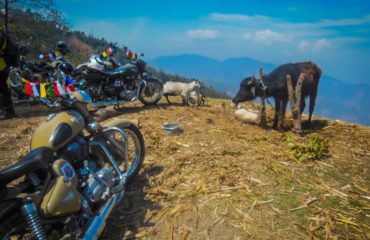 cattle n bullet by the roadside
cattle n bullet by the roadside
-
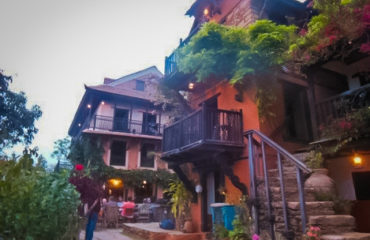 10
10
-
 Barahi temple in the Phewa lake and world peace pagoda at the background
Barahi temple in the Phewa lake and world peace pagoda at the background
-
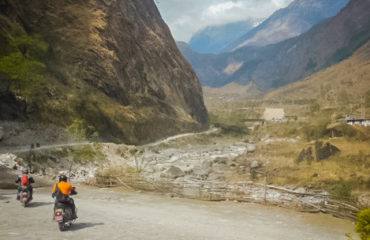 9
9
-
 5
5
-
 6
6
-
 7
7
-
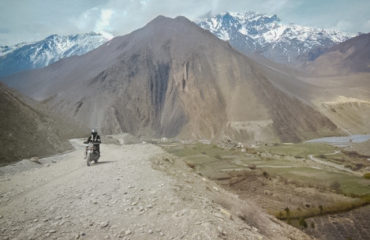 8
8
-
 world peace pagoda pokhara
world peace pagoda pokhara
-
 3
3
-
 4
4
-
 view of Phewa lake and Pokhara city from World peace pagoda hill
view of Phewa lake and Pokhara city from World peace pagoda hill
-
 2
2

